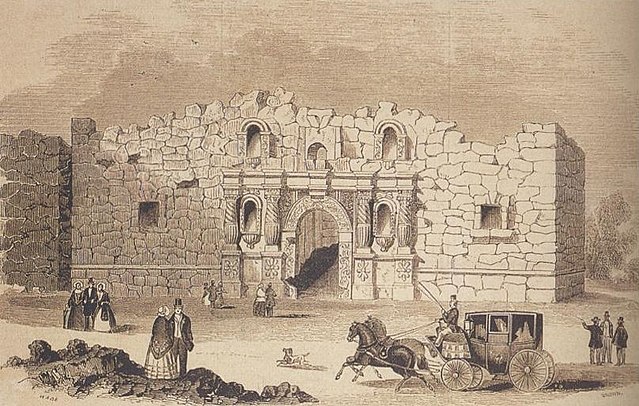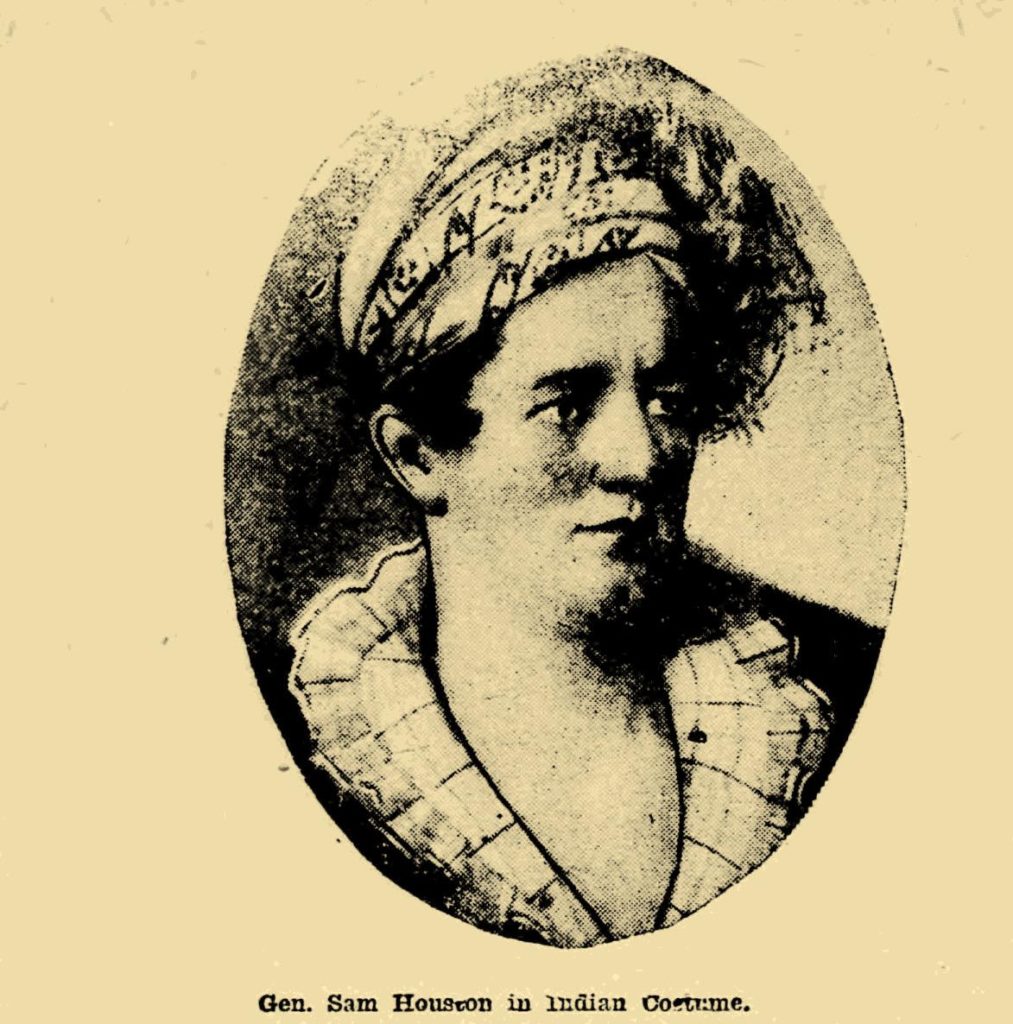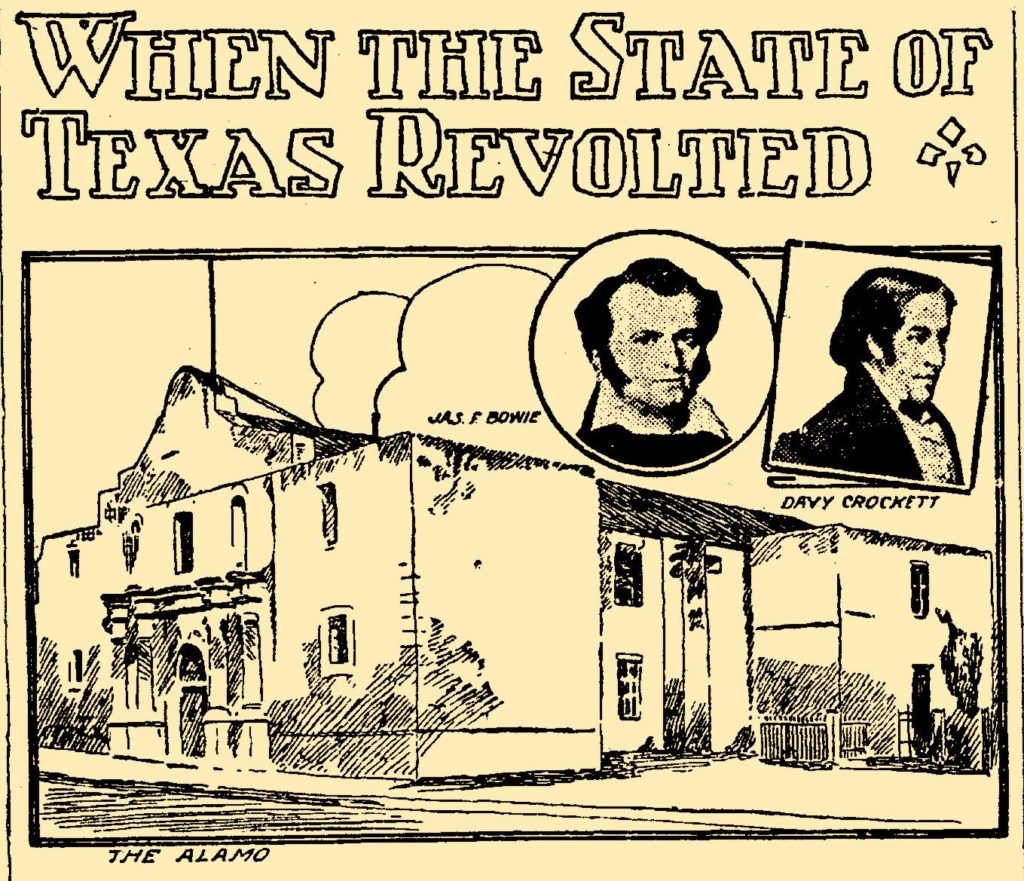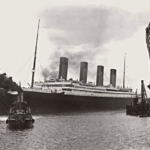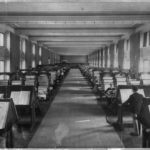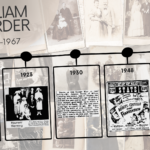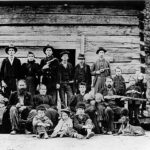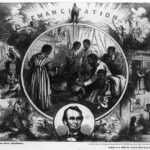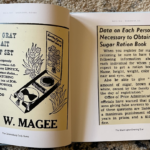Chances are, if you were born and raised in Texas, you know the story of the heroic battle of the Alamo that paved the path to an independent Texas; however, if you aren’t familiar with the tale, the story is quite inspiring.
Built on the San Antonio River by Spanish settlers in 1718, the Alamo played a pivotal role in Texan independence. In the 1830s, Mexico controlled Texas. The political tension was building, and some would say a battle was inevitable. In December 1835, a rebel group of Texans led by George Collinsworth and Benjamin Milam overthrew the fort occupied by a Mexican garrison and took control of San Antonio. The Mexicans were not happy.
Newspapers throughout the country provided snippets from Texas. Many of them contained headlines that read “Important from Mexico”, “Late and Important from Texas” or a variation. In the Richmond Enquirer on January 2, 1836, “Important from Mexico” warned of an impending civil war, and that Santa Anna had forced a loan of one million dollars, of which $300,000 he took with him into battle.
“Mexico and Texas” detailed intelligence that only 75 men were in the fort at the Alamo with little provisions. The acting governor of Texas sent out a call for help asking volunteers to go to the defense of San Antonio. News of the time did not travel quickly. It was common for intelligence to come by way of schooner. The Southern Banner reported 4,000 Mexican troops led by General Cos assaulted the Alamo and St. Antonio with a loss of 500 of his best men while the Texans were said to have sustained no loss.
The surprisingly graphic nature of the accounts by correspondents in the field revealed the devastation of the attacks. General Sam Houston wrote of a massacre at the Alamo where men, women, and children were murdered and then burned. He described the sad tale of one man who was so desperate to get away with his child that he jumped from a two story building where they both died in the fall.
An emotionally charged letter written by the Colonel Commanding, William B. Travis in the Delaware Gazette detailed the Mexican siege headed by Santa Anna on the garrison. He declared his allegiance and willingness “to die as becomes a soldier”. The urgency of his letter is evident, especially with the addition of two postscripts at the end – one in the name of the Lord and one concerned with the addition of enemy troops daily.
On April 21, 1836, General Sam Houston led the Texan army into combat against Santa Anna’s army, shouting, “Remember the Alamo.” Captain Tarleton’s incredibly detailed account shared in the Republican Banner depicts the battle blow by blow. Eventually, Santa Anna was captured, and on April 22, 1836, an agreement was drawn up to create the Republic of Texas.
Are you interested in learning more about the Alamo? Start a 7-day free trial at NewspaperArchive.com today.
